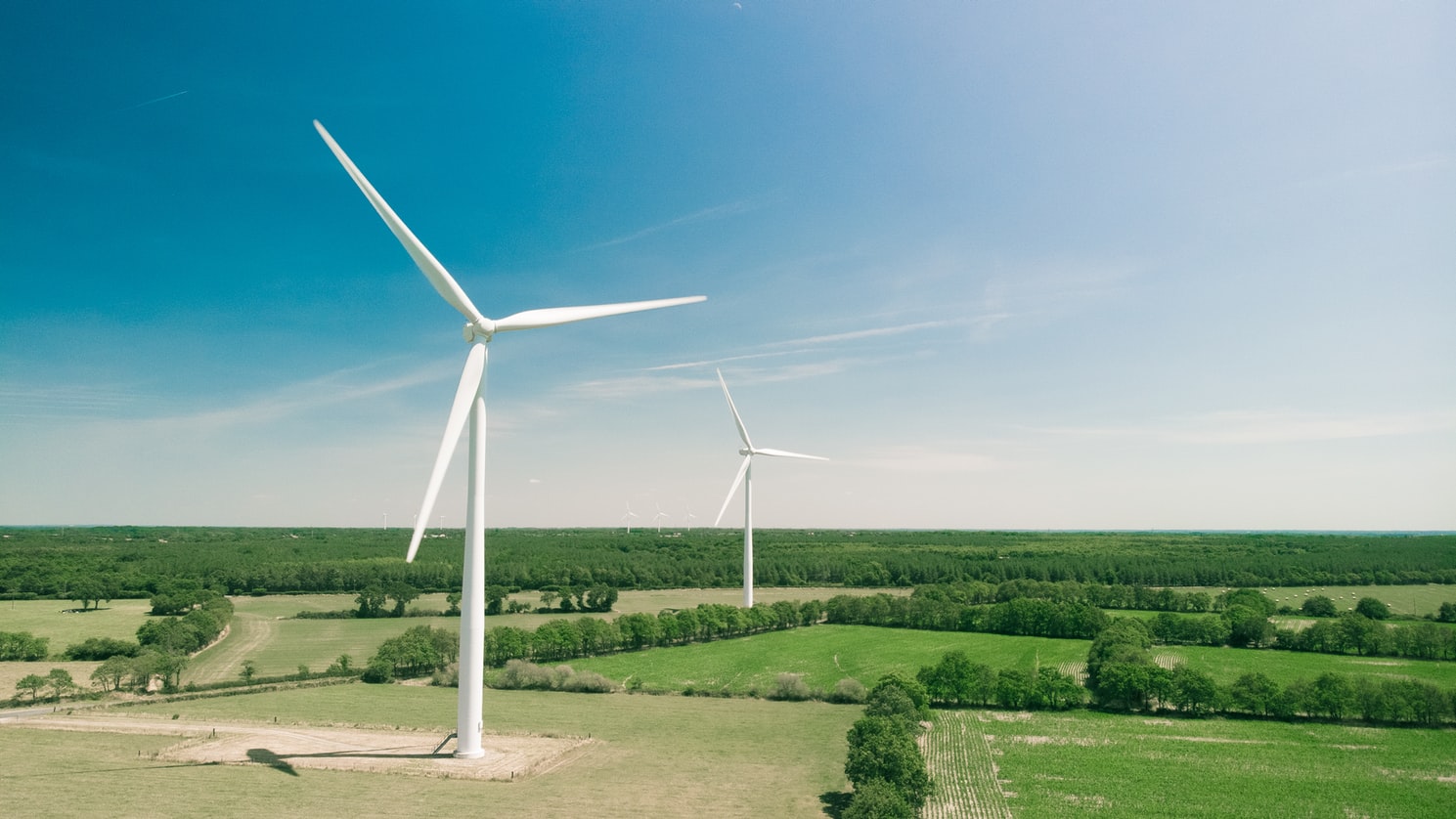The winds of change
David Prosser examines new research showing 30% of British investors would like to invest in renewable energy in 2020.

 New research from the American investment company GraniteShares makes fascinating reading: 30% of British investors would like to put their money into the renewable energy industry in 2020, it reveals, more than favour any other theme, including technology.
New research from the American investment company GraniteShares makes fascinating reading: 30% of British investors would like to put their money into the renewable energy industry in 2020, it reveals, more than favour any other theme, including technology.
You can see the attraction. This is an industry that offers generous yields, with renewable energy companies generating inflation-beating income courtesy of long-term supply contracts that are often underpinned by government guarantees. And from a capital gains perspective, the sector must surely be a better bet, over the long term at least, than the fossil fuel industry it will replace as the world transitions to cleaner energy.
Moreover, even leaving aside the hard-nosed case for renewables, this is an industry that resonates with those people who want to feel their money is working for good and invested in line with their values and priorities. It’s an investment you can make while retaining a sense of social conscience – and there is compelling evidence that social and environmental criteria are of increasing importance to more people.
Still, renewable energy isn’t a free lunch. One concern is that with so much money flooding into the sector, valuations now look stretched. The multiples on which many renewable energy companies trade look high – certainly compared to traditional energy businesses, but also on the basis of future earnings estimates.
There is also a potential liquidity issue. Where investors buy exposure to the industry through stock market-listed energy businesses, this isn’t a problem; but for those who want to invest directly in physical infrastructure assets or contracts, or in unquoted renewables businesses, there are question marks about how easy it is to get in and out.
Where does that leave investors and their advisers? Well, one route into renewable energy that provides some protection against common concerns is via the dozen or so investment companies in the AIC’s Renewable Energy Infrastructure sector. These range from funds offering very specific exposure – to wind generation in the UK, say, or US solar power – to more general vehicles that invest across the whole industry.
The big advantage of an investment company in this asset class is the liquidity it provides. A fund’s tradable shares provide investors with a fluid market even where the underlying assets are highly illiquid. Investors know they can get their money back by selling those shares, and they know what price they’ll get for them.
The valuation question is more difficult, particularly since shares in many renewable energy investment companies currently trade at a premium to the value of their underlying assets, reflecting the sector’s popularity. But one possible hedge against that problem is to drip-feed money into a fund via a regular savings scheme, rather than stumping up a lump sum. That reduces the size of the commitment investors have to make at this point of the valuation cycle – and also gives them access to the pound-cost averaging quirk that smooths out volatility over time.
Bear in mind too that a large portion of the return on most renewable energy funds comes from income (which you can reinvest if you don’t need to draw it down). Many renewable energy investment companies currently offer generous yields – often above 5% - which provides a comfortable cushion if you’re concerned about a share price correction.
This is not to suggest the sector is suitable for all, or guaranteed to prosper. Still, for the significant numbers of investors now clearly interested in renewable energy, investment companies may provide a happy hunting ground.

